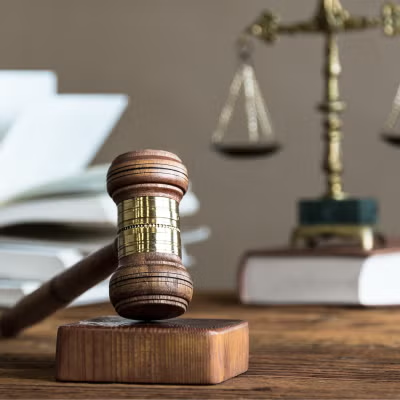Refine results
-
Sex Discrimination30 November 2021Speech
Launch of Set the Standard
Sex Discrimination Commissioner, Kate Jenkins launches “Set the Standard” report aims to improve safety and respect in Australian parliamentary workplaces. -
Sex Discrimination3 December 2020Speech
The Beijing Platform for Action, 25 years on: Progress, Retreat and the Future of Women's Rights
Beijing Platform for Action at 25: Progress, Retreat and the Future of Women's Rights Opening Address Thursday 3 December, 10:00 am Kate Jenkins, Sex Discrimination Commissioner Hello everyone. My name is Kate Jenkins, and I have had the honour of serving as Australia’s Sex Discrimination Commissioner for the past four years. I would like to begin by acknowledging the traditional lands of… -
Sex Discrimination5 March 2021Media Release
Statement on Independent Review into Commonwealth Parliamentary Workplaces
As Australia’s Sex Discrimination Commissioner, I welcome today’s announcement from Senator the Hon Simon Birmingham. I acknowledge the importance and urgency of this Independent Review (Review) into the workplaces of Parliamentarians and their staff, established by the Federal Government, in consultation with the Presiding Officers, the Opposition, minor parties and independents. The… -
Sex Discrimination10 August 2023Project

The Positive Duty under the Sex Discrimination Act
The Commission has developed resources to help organisations and businesses understand their new legal responsibilities under the Sex Discrimination Act. -
Commission - General12 May 2025Webpage
Data Breach Notification
Notice published 13 May 2025 The Australian Human Rights Commission has been affected by a data breach. The Commission acted to address the breach as soon as it came to our attention. We sincerely apologise for any distress or harm this data breach may have caused. What happened? On 10 April 2025, the Australian Human Rights Commission became aware of a data breach that involved the… -
Rights and Freedoms19 February 2025News story

Explainer: New national and NSW hate crime laws
The Australian Government and NSW Government recently updated their hate crime laws. This explainer is designed to help readers better understand these changes and the potential human rights implications. -
Sex Discrimination16 April 2024News story
Sex Discrimination Commissioner: Lehrmann ruling dispels rape myths
Sex Discrimination Commissioner, Dr Cody commended the Federal Court’s decision in the Lehrmann case for challenging misconceptions about rape and consent.
Pagination
- First page « First
- Previous page ‹ Previous
- …
- 6
- 7
- 8
- 9
- Current page 10
- 11
- 12
- 13
- 14
- …
- Next page Next ›
- Last page Last »

 Download PDF (0.56 mb)
Download PDF (0.56 mb)